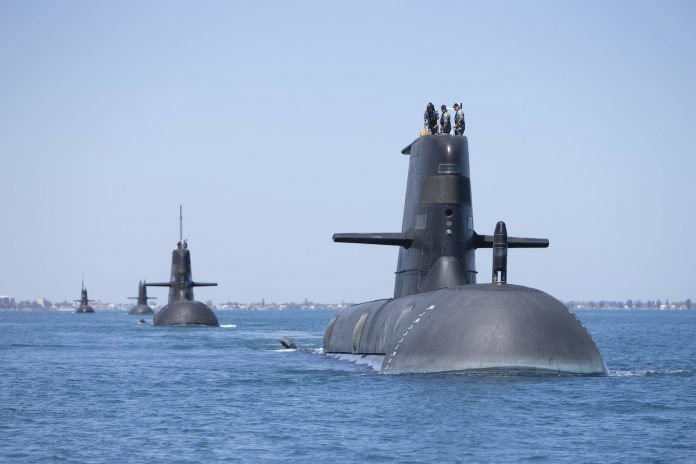By Andrew Davies*
For most of the past decade, Australia’s six Collins class submarines have provided the nation with a fine underwater warfare capability. Designed to meet operational requirements beyond the capabilities of other conventional submarines, the government of the day has been able to rely on the availability of several highly capable submarines. (The Australian Strategic Policy Institute. The Strategist.)

